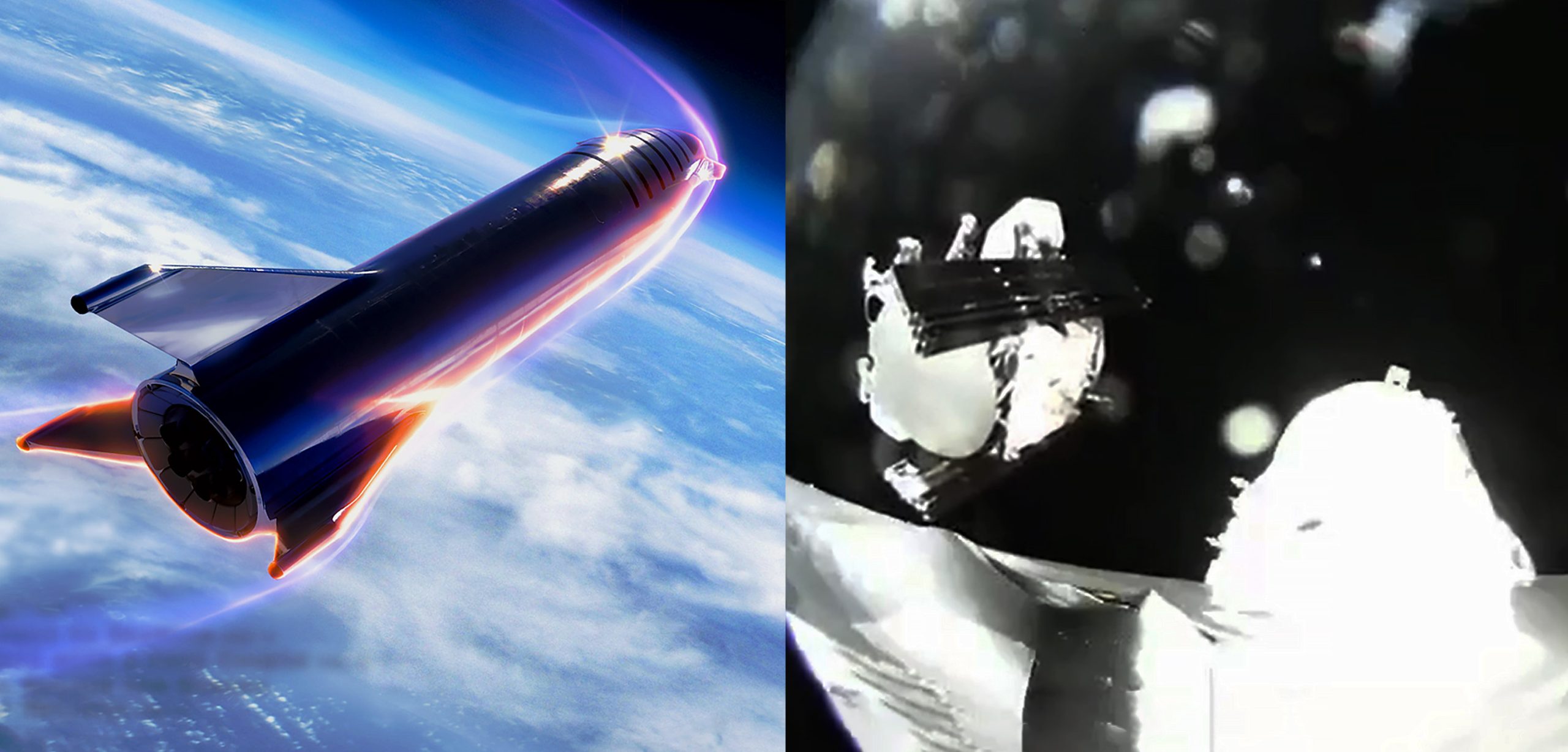
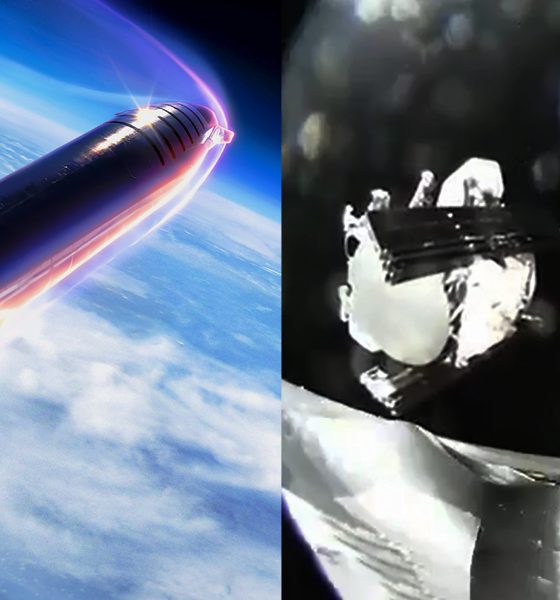
News
SpaceX preps second $500M fundraiser as Starlink & Starship make progress
According to regulatory documents seen by Prime Unicorn Index, SpaceX finished a $500M funding round begun in December 2018 and kicked off a second campaign seeking an additional $500M earlier this month.
Altogether, SpaceX appears to be on track to secure $1 billion in fresh capital in the last six months alone, a trend that that may well continue as the company pushes forth into new and capital-intensive phases of Starlink and Starship development. In Boca Chica, a flood of SpaceX engineers and technicians have descended on the area to build the first full-scale steel prototypes of Starship and the major facilities needed to support the vehicles, all from scratch. Across the West Coast of the US, a separate SpaceX team has simultaneously transitioned from prototyping and developing satellites to building a factory to mass-produce them and may be less than six weeks away from launching the first operational batch of Starlink spacecraft.
Giant rockets, giant funding
Both massive, perilous, and largely unprecedented ventures in their own right, Starship (formerly BFR) and Starlink also happen to be extremely capital-intensive, a more or less fundamental consequence of the stages of their development and expansion. Both spent many years in pure research and development phases, tinkering and experimenting with different ideas and technologies on the ground in an effort to conceptualize what exactly their final forms ought to be. This aspect of the BFR program has been extremely visible over the last three years as SpaceX and CEO Elon Musk’s goals underwent continuous semi-annual changes, often intentionally broadcasted to the public in
After appearing to finally settle on the quasi-final form of BFR (renamed to Starship/Super Heavy), SpaceX has actually begun to build and test the first full-scale, integrated prototype of the spacecraft (Starhopper) and is simultaneously building what aims to be the first orbital Starship prototype. At the same time, its propulsion system of choice – known as Raptor – has entered into serial production back at SpaceX’s Hawthorne factory, while also supporting the first Starhopper hop test in early April and preparing to continue separate ground testing.
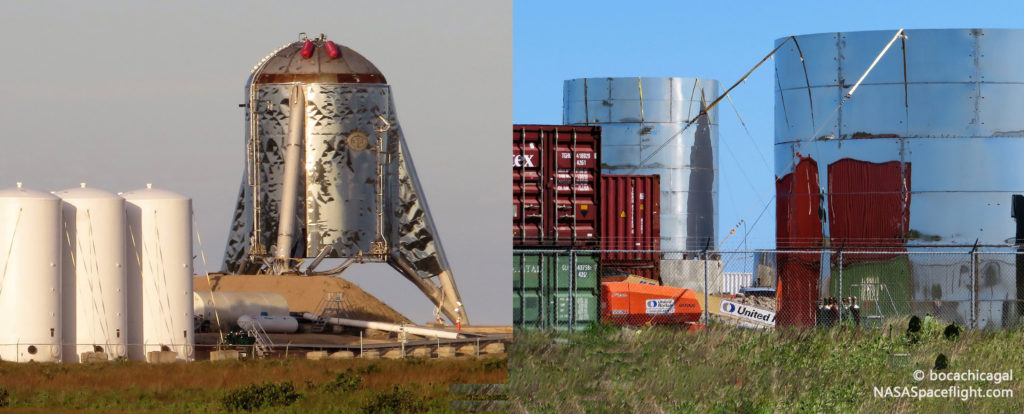
Thousands of satellites, billions of dollars
In February 2018, SpaceX successfully launched its first Starlink satellites, two prototypes meant to test a bevy of technologies the company was attempting to build (or at least utilize) for the first time. Despite hints and reports of some problems on orbit, SpaceX firmly holds that both satellites were extremely successful in their task of proving out new technologies like electric thrusters and phased-array antennas and are still safely operating today. Just four months after those prototypes launched, CEO Elon Musk took the extraordinary step of flying to Redmond, Washington to personally challenge a number of executives he believed were operating far too sluggishly. According to secondhand reports, many of them refused to expedite the program as Musk wanted them to, resulting in their immediate firings. The challenge that triggered the organizational upheaval: launch the first operational batch of Starlink satellites before the end of June 2019, twelve months away at the time.
Five months after Musk’s challenge, SpaceX submitted a request to the FCC to modify its original Starlink constellation license, halving the orbit of the first thousand or so satellites to 550 km (340 mi) and significantly simplifying the technology on the first several dozen to be launched. As a result of the strategic changes made, SpaceX is already planning to launch its first group of Starlink satellites as early as mid-May, with perhaps one or several additional launches on the books for 2019. To an extent, the first 75 Starlink satellites and their six ground stations will be a nearly full-fidelity second prototype. Instead of a minimalist development platform like Tintin A and B, the first 75 satellites should offer opportunities to actually test the operations of a large constellation of spacecraft while also demonstrating something close to the internet connectivity the full constellation is meant to offer.
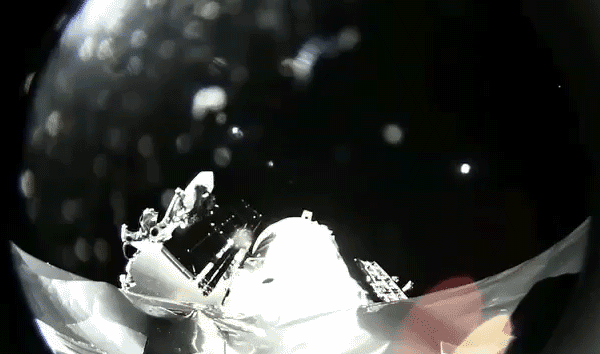
Development to production
That SpaceX is attempting to raise huge amounts of capital should come as no surprise. For almost any commercial venture on Earth that is attempting to introduce a real product from nothing, the process of going from concept, design, and testing to building a final product at scale is both extraordinarily difficult and extremely expensive. Tesla famously went through “manufacturing hell” to go from Model 3 prototypes to a mass-producible finished product, while countless other ventures don’t even make it that far (i.e. vaporware). By far the most challenging aspect of this transition is moving from a phase focused predominately on development to one focused predominately on production.
Due to an extremely unorthodox approach to building the first steel Starship and Super Heavy prototypes, quite literally choosing to do so outside and without shelter, the BFR program is probably less extreme for the time being. However, the transformation needed for Starlink to progress is intense, requiring the satellite team to essentially build a factory from scratch and begin mass-producing high-performance satellites as quickly as possible. The 75-satellite buffer should ease the pain a bit and offer a sort of trial run as SpaceX makes that major transition, but the fact remains that an unprecedented number (thousands) of satellites will need to be built and launched at an equally unprecedented pace and cost-per-unit.
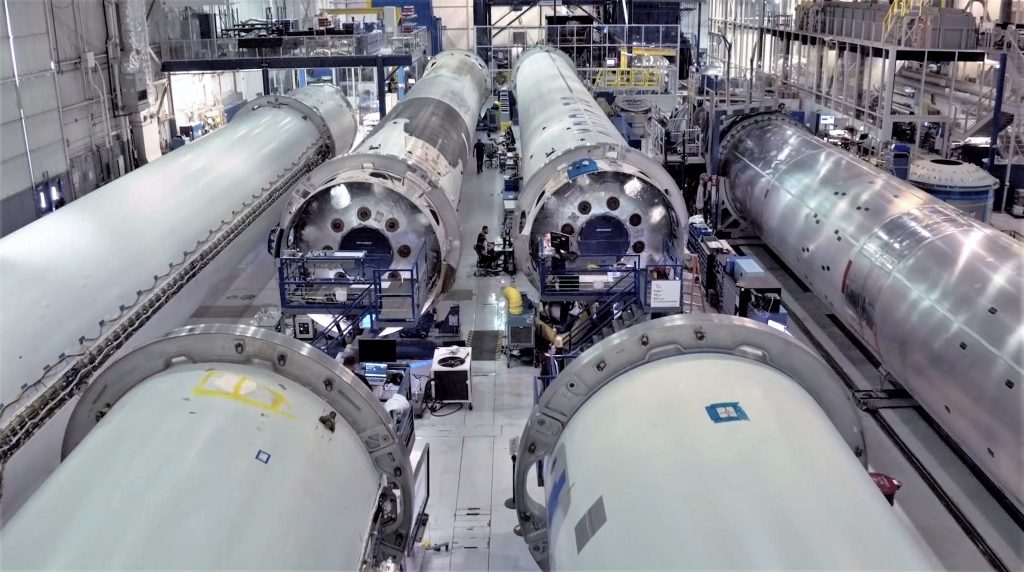
The $500M raised since December 2018 will likely be a major help for SpaceX’s often-
Check out Teslarati’s Marketplace! We offer Tesla accessories, including for the Tesla Cybertruck and Tesla Model 3.

News
Tesla adds 15th automaker to Supercharger access in 2025
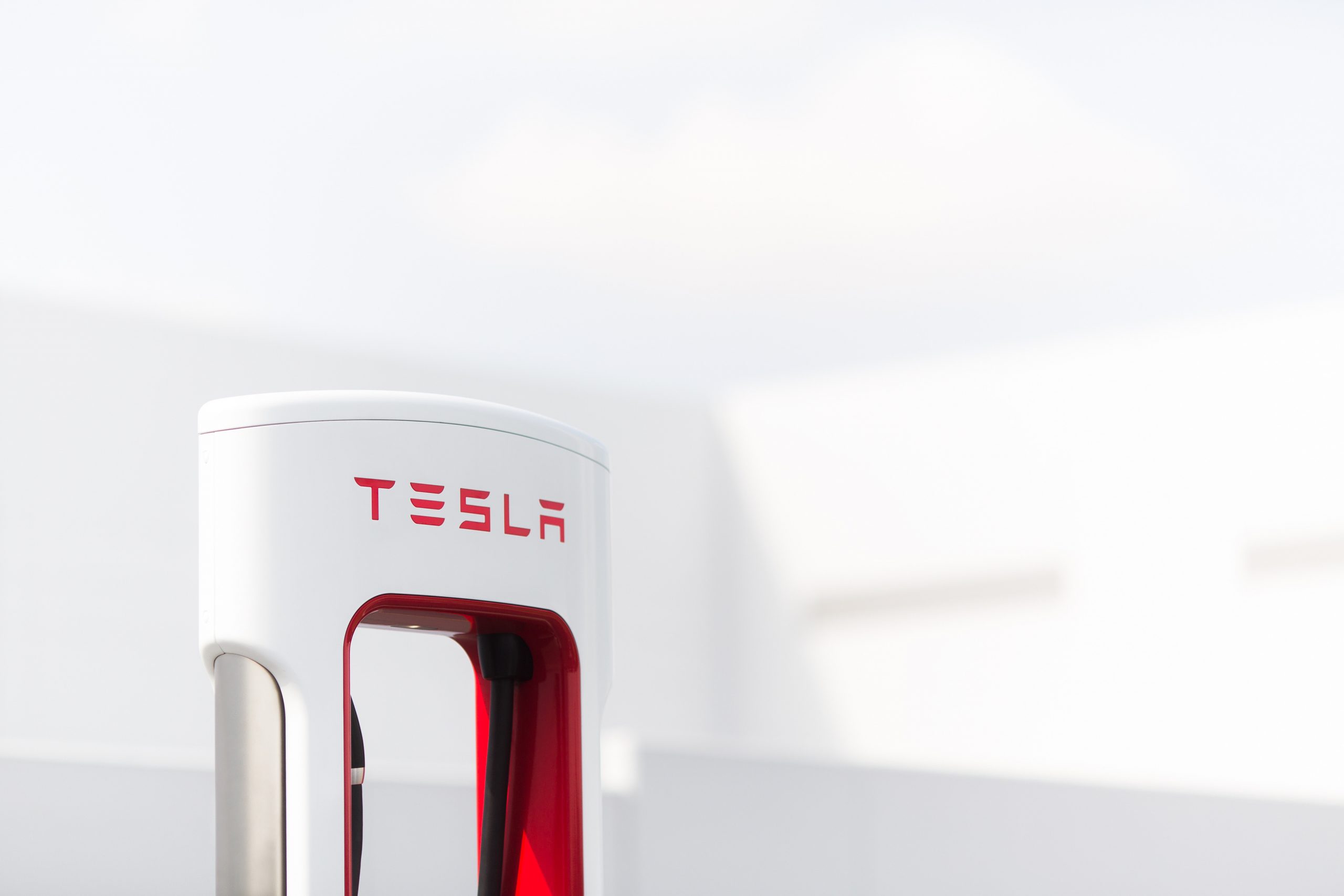
Tesla has added the 15th automaker to the growing list of companies whose EVs can utilize the Supercharger Network this year, as BMW is the latest company to gain access to the largest charging infrastructure in the world.
BMW became the 15th company in 2025 to gain Tesla Supercharger access, after the company confirmed to its EV owners that they could use any of the more than 25,000 Supercharging stalls in North America.
Welcome @BMW owners.
Download the Tesla app to charge → https://t.co/vnu0NHA7Ab
— Tesla Charging (@TeslaCharging) December 10, 2025
Newer BMW all-electric cars, like the i4, i5, i7, and iX, are able to utilize Tesla’s V3 and V4 Superchargers. These are the exact model years, via the BMW Blog:
- i4: 2022-2026 model years
- i5: 2024-2025 model years
- 2026 i5 (eDrive40 and xDrive40) after software update in Spring 2026
- i7: 2023-2026 model years
- iX: 2022-2025 model years
- 2026 iX (all versions) after software update in Spring 2026
With the expansion of the companies that gained access in 2025 to the Tesla Supercharger Network, a vast majority of non-Tesla EVs are able to use the charging stalls to gain range in their cars.
So far in 2025, Tesla has enabled Supercharger access to:
- Audi
- BMW
- Genesis
- Honda
- Hyundai
- Jaguar Land Rover
- Kia
- Lucid
- Mercedes-Benz
- Nissan
- Polestar
- Subaru
- Toyota
- Volkswagen
- Volvo
Drivers with BMW EVs who wish to charge at Tesla Superchargers must use an NACS-to-CCS1 adapter. In Q2 2026, BMW plans to release its official adapter, but there are third-party options available in the meantime.
They will also have to use the Tesla App to enable Supercharging access to determine rates and availability. It is a relatively seamless process.
News
Tesla adds new feature that will be great for crowded parking situations
This is the most recent iteration of the app and was priming owners for the slowly-released Holiday Update.
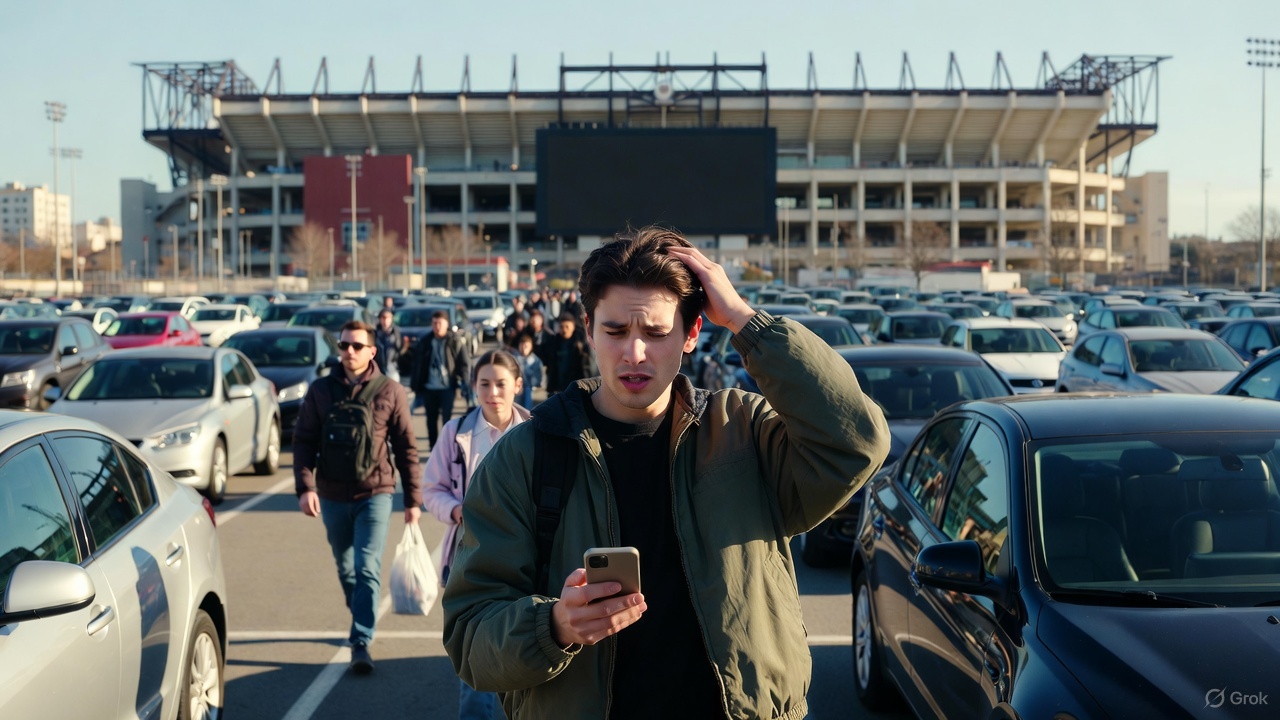
Tesla has added a new feature that will be great for crowded parking lots, congested parking garages, or other confusing times when you cannot seem to pinpoint where your car went.
Tesla has added a new Vehicle Locator feature to the Tesla App with App Update v4.51.5.
This is the most recent iteration of the app and was priming owners for the slowly-released Holiday Update.
While there are several new features, which we will reveal later in this article, perhaps one of the coolest is that of the Vehicle Locator, which will now point you in the direction of your car using a directional arrow on the home screen. This is similar to what Apple uses to find devices:
Interesting. The location arrow in the Tesla app now points to your car when you’re nearby. pic.twitter.com/b0yjmwwzxN
— Whole Mars Catalog (@wholemars) December 7, 2025
In real time, the arrow gives an accurate depiction of which direction you should walk in to find your car. This seems extremely helpful in large parking lots or unfamiliar shopping centers.
Getting to your car after a sporting event is an event all in itself; this feature will undoubtedly help with it:
The nice little touch that Tesla have put in the app – continuous tracking of your vehicle location relative to you.
There’s people reporting dizziness testing this.
To those I say… try spinning your phone instead. 😉 pic.twitter.com/BAYmJ3mzzD
— Some UK Tesla Guy (UnSupervised…) (@SomeUKTeslaGuy) December 8, 2025
Tesla’s previous app versions revealed the address at which you could locate your car, which was great if you parked on the street in a city setting. It was also possible to use the map within the app to locate your car.
However, this new feature gives a more definitive location for your car and helps with the navigation to it, instead of potentially walking randomly.
It also reveals the distance you are from your car, which is a big plus.
Along with this new addition, Tesla added Photobooth features, Dog Mode Live Activity, Custom Wraps and Tints for Colorizer, and Dashcam Clip details.
🚨 Tesla App v4.51.5 looks to be preparing for the Holiday Update pic.twitter.com/ztts8poV82
— TESLARATI (@Teslarati) December 8, 2025
All in all, this App update was pretty robust.
Elon Musk
Tesla CEO Elon Musk shades Waymo: ‘Never really had a chance’

Tesla CEO Elon Musk shaded Waymo in a post on X on Wednesday, stating the company “never really had a chance” and that it “will be obvious in hindsight.”
Tesla and Waymo are the two primary contributors to the self-driving efforts in the United States, with both operating driverless ride-hailing services in the country. Tesla does have a Safety Monitor present in its vehicles in Austin, Texas, and someone in the driver’s seat in its Bay Area operation.
Musk says the Austin operation will be completely void of any Safety Monitors by the end of the year.
🚨 Tesla vs. Waymo Geofence in Austin https://t.co/A6ffPtp5xv pic.twitter.com/mrnL0YNSn4
— TESLARATI (@Teslarati) December 10, 2025
With the two companies being the main members of the driverless movement in the U.S., there is certainly a rivalry. The two have sparred back and forth with their geofences, or service areas, in both Austin and the Bay Area.
While that is a metric for comparison now, ultimately, it will not matter in the coming years, as the two companies will likely operate in a similar fashion.
Waymo has geared its business toward larger cities, and Tesla has said that its self-driving efforts will expand to every single one of its vehicles in any location globally. This is where the true difference between the two lies, along with the fact that Tesla uses its own vehicles, while Waymo has several models in its lineup from different manufacturers.
The two also have different ideas on how to solve self-driving, as Tesla uses a vision-only approach. Waymo relies on several things, including LiDAR, which Musk once called “a fool’s errand.”
This is where Tesla sets itself apart from the competition, and Musk highlighted the company’s position against Waymo.
Jeff Dean, the Chief Scientist for Google DeepMind, said on X:
“I don’t think Tesla has anywhere near the volume of rider-only autonomous miles that Waymo has (96M for Waymo, as of today). The safety data is quite compelling for Waymo, as well.”
Musk replied:
“Waymo never really had a chance against Tesla. This will be obvious in hindsight.”
Waymo never really had a chance against Tesla. This will be obvious in hindsight.
— Elon Musk (@elonmusk) December 10, 2025
Tesla stands to have a much larger fleet of vehicles in the coming years if it chooses to activate Robotaxi services with all passenger vehicles. A simple Over-the-Air update will activate this capability, while Waymo would likely be confined to the vehicles it commissions as Robotaxis.








